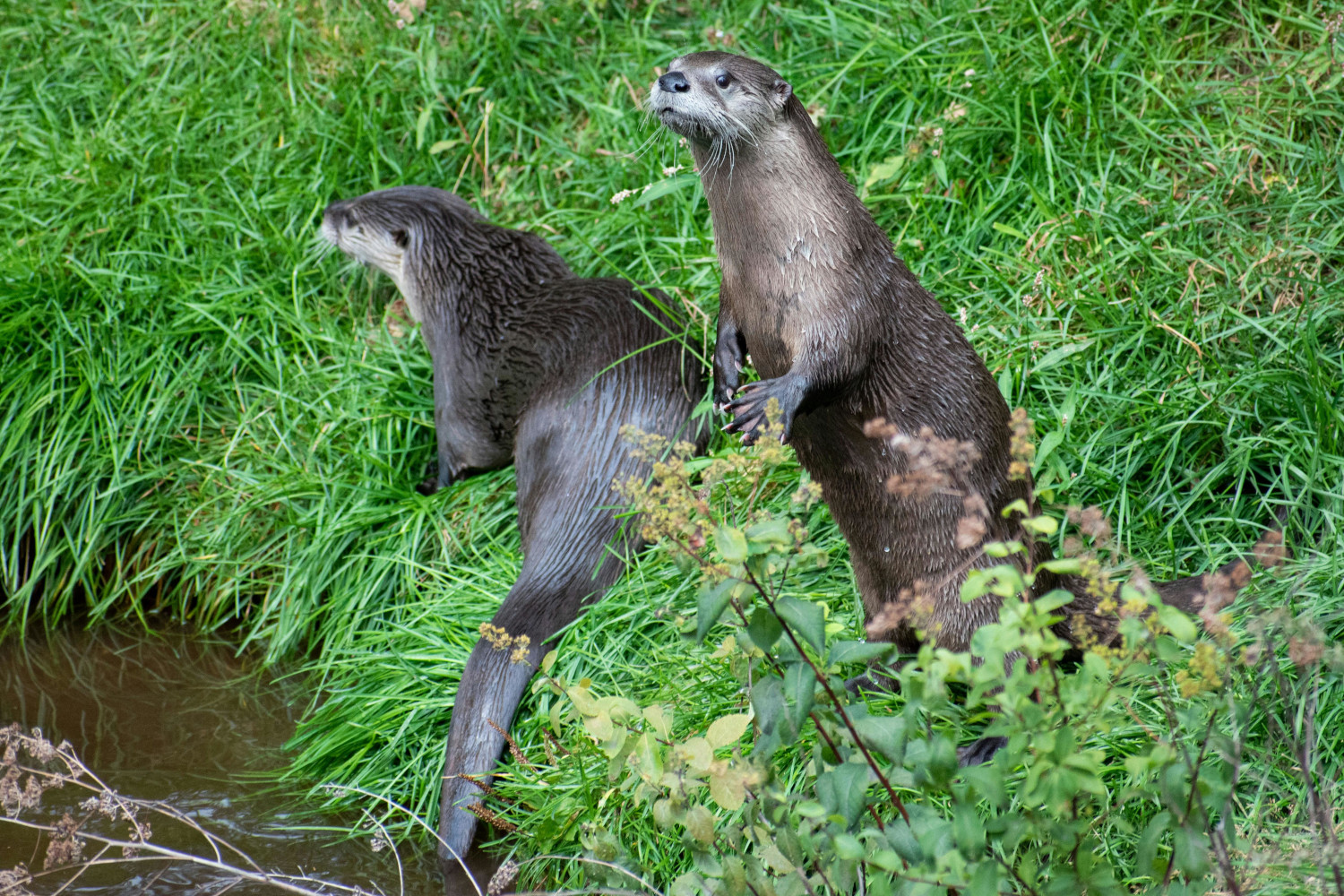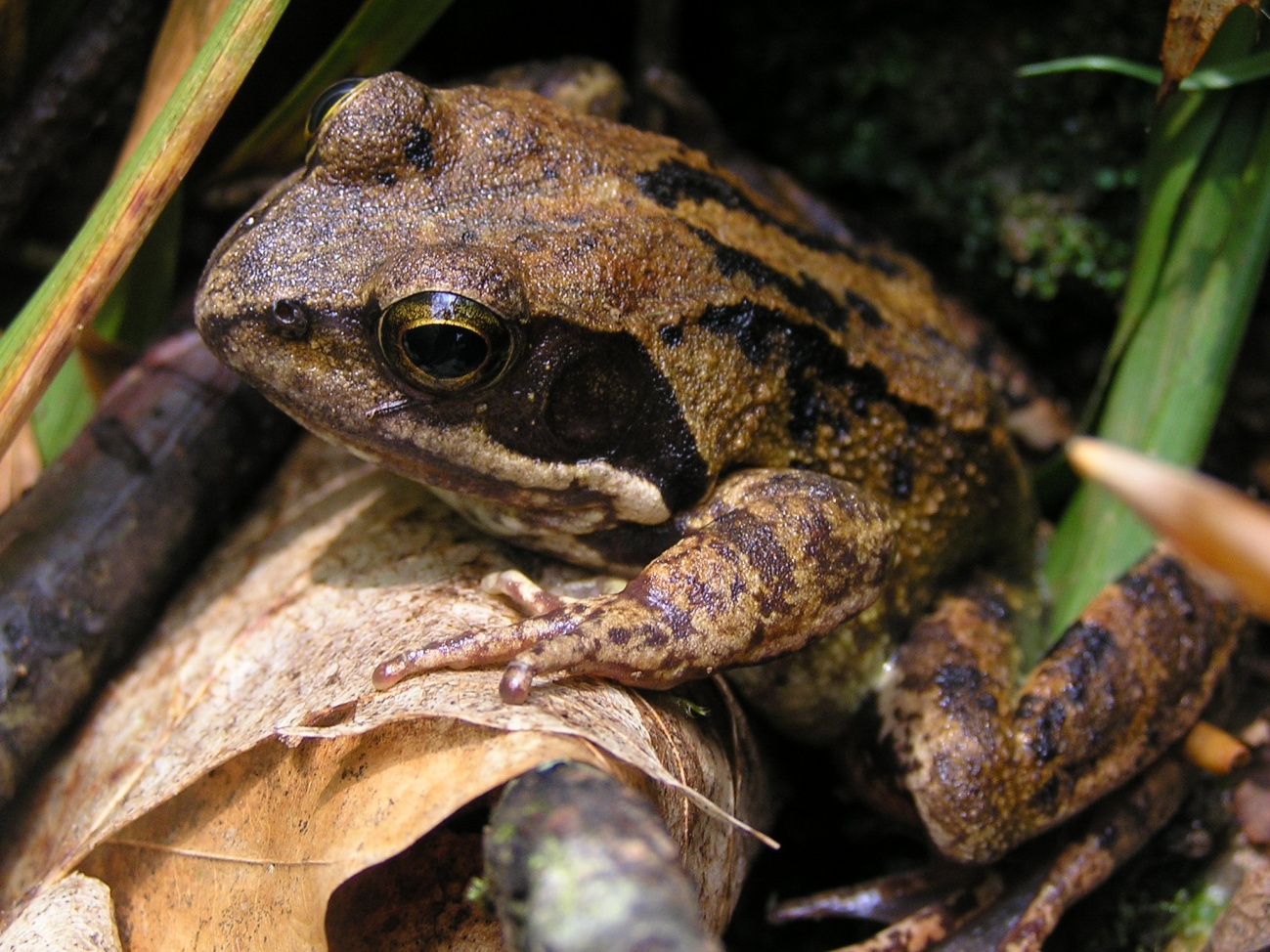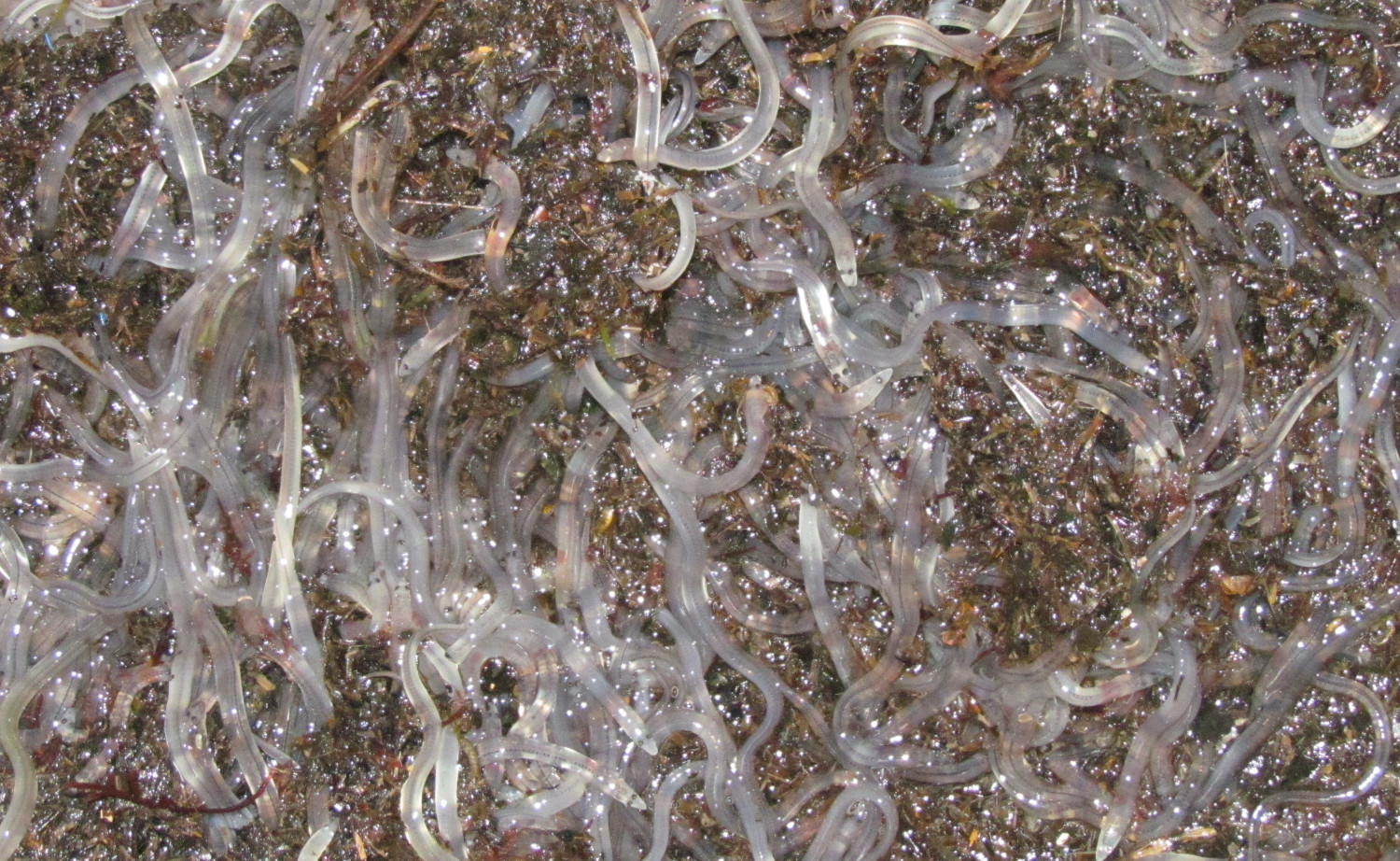Aliena of planet Earth
- In summer. There's wind, but it's hot, it doesn't seem like I'm going to want to fly. However, flies do not need any permanent resuscitation. How annoying! Look! Something has flown and gone between the leaves of this bush. It wasn't small, but it couldn't be a bird. The flight was not too fast… with this heat… see what it is…

Flush Pennata. Photo: Iñaki Mosque
Group: Invertebrate / Insect / Mantod
Size: 5 to 8 cm.
Where does he live? Mediterranean climate scrubs.
What do you eat? Invertebrates, mainly insects.
Level of protection: It is not protected in Europe.
Who believed that the Martians should be so small! Just a few centimeters! But it does look spectacular. That's not a couple of meters! The Pennata Thrust is a kind of Mantis family. It resembles marshes so well known to each other in movement, attitude, behavior. It makes it clear that they are familiar. But one of its main features (and the one that gives it its name) is immediate attention: the crests of itself. It looks like a hat and warns us that we're facing a tall, powerful insect.
A great hunter who, thanks to his powerful earlier legs, announces to his prey the need to pray, as the marshes tell them. It feeds primarily on other insects, but it also doesn't oppose spiders. It normally stands on a bouquet or between leaves until a prey appears, then the front legs jump forward and begins to eat a prey that cannot escape its thorns.
As in many insect species, females are larger than males and can reach up to about eight centimeters, although their usual size ranges from 5 to 7 cm. As in the case of marshes, but less frequently, female physical domination causes males to become prey. However, males are more skilled at flying… Mediocre!
As insects, they have to perform metamorphosis. The process called simple metamorphosis consists of three phases: egg, ninfa and adult. In the nymphs phase, they alter their skin six times in order to grow. After the last skin change it takes half a month to reach sexual maturity and start reproducing. Unlike marshes, they spend winter in the form of nymphs (alfertxas marshes surpass winter without leaving the egg).
He likes dry and warm areas and in our lands he lives in areas where the Mediterranean climate is predominant, especially in the ravages, and are harming his disappearance and loss, reducing his populations. These sleek insects become easy prey for their misfortune to cursed summer fires.
Ugaztunei eskainitako azken artikuluaren amaierako hitzak hurrengo animalia aurkezteko aitzakia paregabea dira. Bertan esaten genuen muturluzeak erreka “garbi eta txukunak” behar dituela, kutsadurarik gabeak baina elementu natural anitzekin. Animalia txiki horren... [+]
Antxoa, bokarta edo albokartia, gure arrain komertzialen artean txikiena, euskal kostaldera hurbildu da.
Katalanen ustetan artzainak engainatzen omen ditu hegazti honek: “enganyapastors”. Espainiar eta latindarrek, aldiz, ahuntzari esnea kentzen diola diote, hortik datorkio hain zuzen ere izen zientifikoan (Caprimulgus europaeus) islatzen den caprimulgus (capra... [+]
Leihatila honetan behin baino gehiagotan azaldu ditugu Ama Naturaren engainuak bere izakiak babestearren. Batzuetan, erle edo liztor itxura zuten euliak ekarri ditugu, beste batzuetan inongo arriskurik ez duten arrisku-kolorazioko intsektuak ere bai (kolorazio aposematikoa... [+]
Nekazal eremu lehor baten erdian ageri da putzua. Txikia da tamainaz, eta ez oso sakona. Egunak dira euririk egiten ez duela, baina oasi txiki honek oraindik ere aurretik bildutako urari eusten dio. Gauak eremua irentsi du eta isiltasunaren erdian kantu bakarti bat entzun da... [+]


















